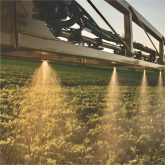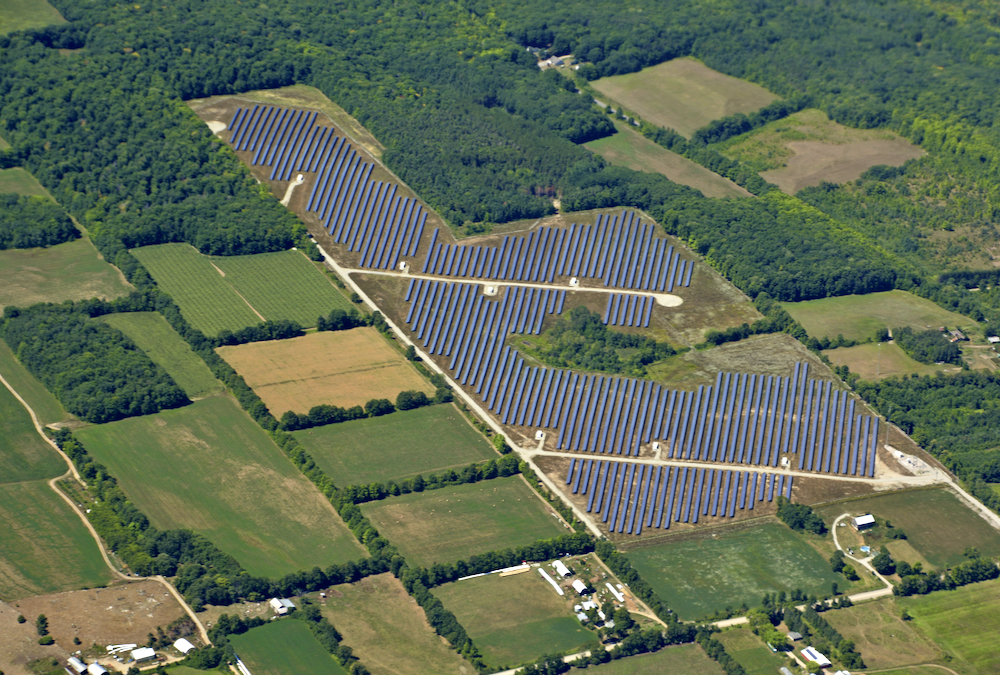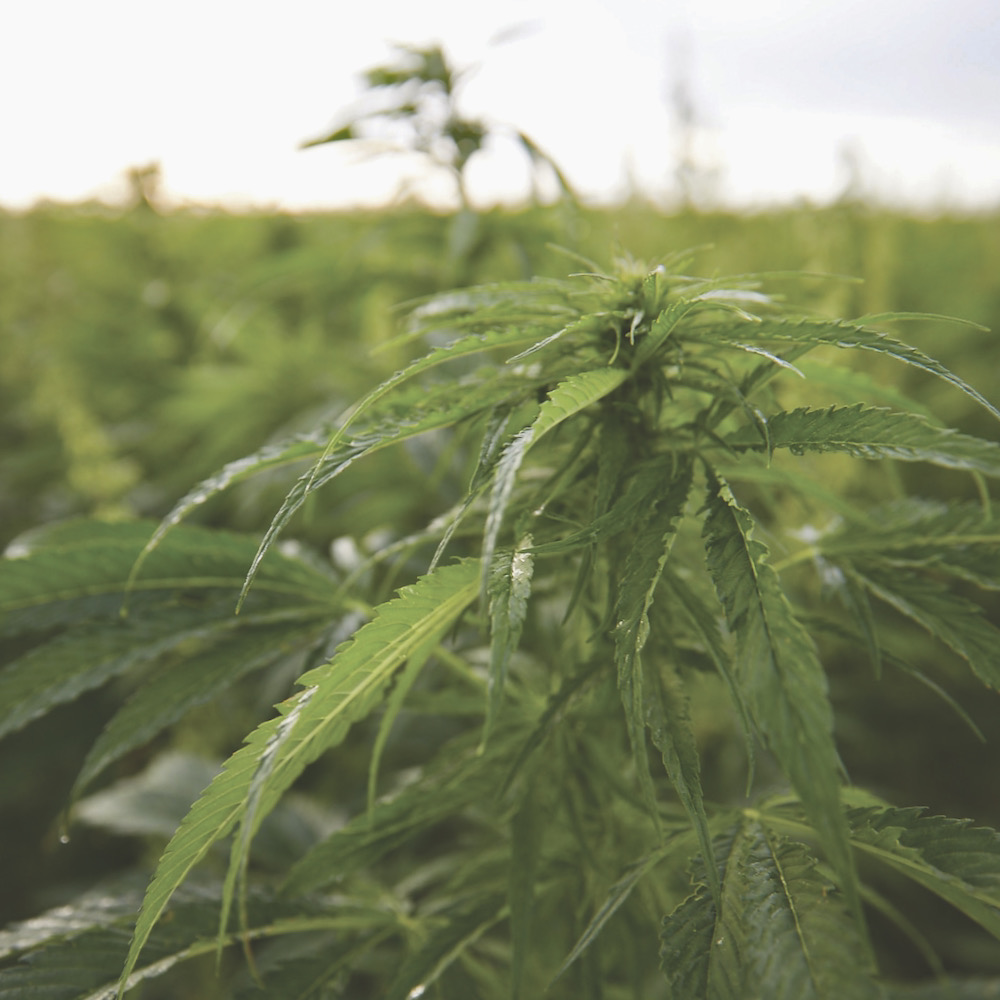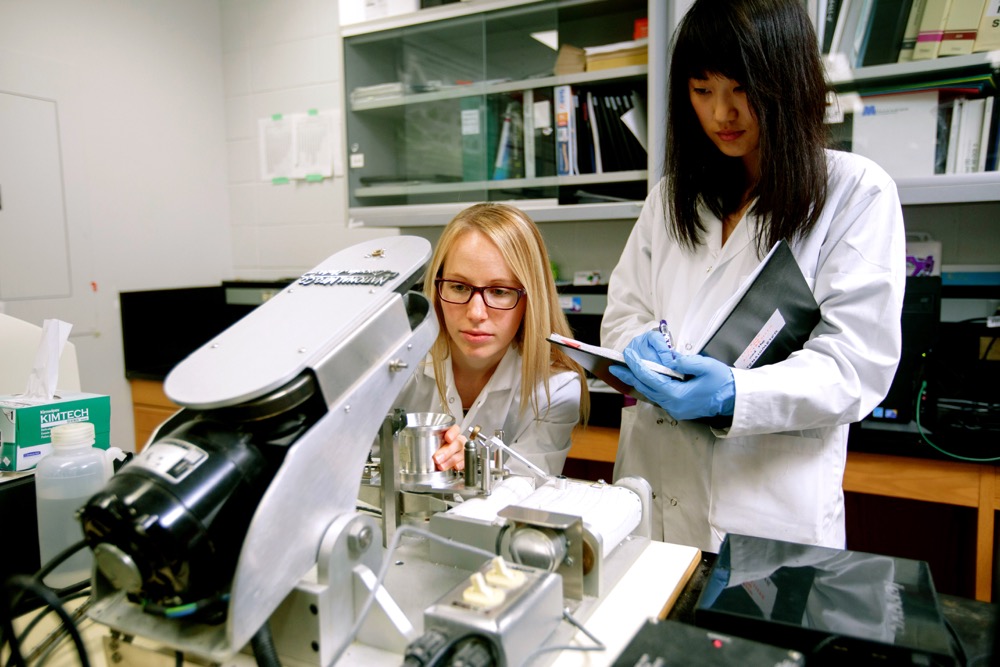It’s a surprise to most of us. What’s the hottest bioeconomy subsector on the planet? Replacements for plastic.
Worldwide demand for biodegradable products is urgent and it’s growing, especially to replace single-use plastic items like straws, utensils, cup lids and plastic bags.
The race is on. France banned plastic cups in 2016, and Queen Elizabeth has banned plastic bottles on royal estates.
Read Also
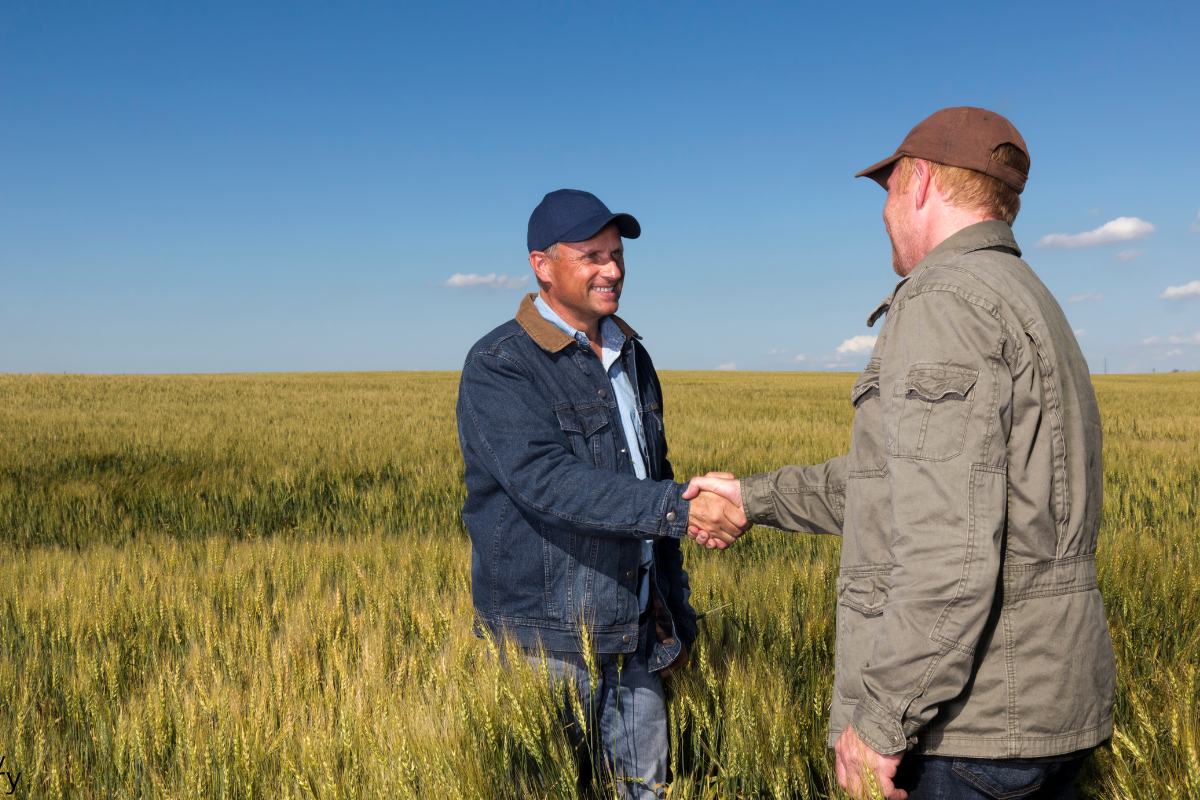
Are you ready for farm succession?
What motivates some farmers to make a succession plan while others don’t seem worried.
Fast-service restaurants in North America and beyond are also keen to avoid plastic as much as possible, including the plastic-based lining found in coffee cups that makes them waterproof, which is good, but also difficult to compost, which isn’t so good, especially for businesses that see a lot more regulation coming down the pipe.
Moldable pulp products (also known as pressed pulp products) have good plastic replacement potential. They’ve been around for a while (in the form of egg cartons, take-out beverage holders and more) but the range of use of these products is now being expanded in an effort to replace styrofoam products as well as plastic ones.
Most of the pulp for these products comes from wood, but materials from wheat straw and alfalfa are also being used.
Canadian activity
Our first step in getting familiar with Canada’s bioeconomy market is to check in with Bioindustrial Innovation Canada (BIC), a non-profit government-supported business accelerator for the bioproducts/services sector. Since 2008, BIC has worked to build strategic capital investment in small and medium-sized enterprises.
On its own, BIC has invested more than $13 million in nearly 30 of these enterprises, and leveraged a further $270 million during investment rounds. The jobs provided by these new businesses now exceed 2,700.
BIC executive director A.J. (Sandy) Marshall notes that so far, BIC has built a successful foundation in the Sarnia, Ont. area (which now has a busy “biochemistry cluster”), and a dedicated staff person has recently been hired to do the same in eastern Ontario. “At the moment, we have no funding outside of Ontario,” Marshall says, “but this may change in the future.”
In addition, BIC has recently led a consortium to create a Canadian Bioeconomy Strategy. It was released in mid-May after a federal government review, involving Agriculture and Agri-Food Canada, Natural Resources Canada and Innovation, and Science and Economic Development Canada.
Some of the firms that BIC has supported over the last few years include the southern Ontario-based Cellulosic Sugar Producers Co-operative, which is developing new markets for materials extracted from crop residues. This co-op has also partnered with a firm called Comet Bio in Sarnia to build a commercial facility to produce high-purity dextrose sugar (for use in a variety of chemical applications).
Vive Crop Protection is another BIC-supported company. It has created a targeted system called “Allosperse” for delivering various crop protection products in the field. Another in southern Ontario is Origin Materials, which converts cardboard, wood waste and crop residues into renewable chemicals. In eastern Ontario, Advonix in Brockville makes bio-based lubricants and more, and Firerein in Napanee produces a bio-based fire retardant from corn starch.

Yet one other BIC-boosted firm is Mirexus Biotechnologies in Guelph. Its processing plant has been operational for about a year, where sweet corn is converted to glycogen nanoparticles marketed as “PhytoSpherix.” This end-product, and the patented process used to make it, are the result of research by scientists at the University of Guelph. Small amounts of PhytoSpherix can be used in a wide variety of ways in many product types, from cosmetics and pharmaceuticals to nutrition.
Almost all other glycogen up to this point has been made from oysters. That’s expensive, and has allergy restrictions too.
Provincial outlooks
In Manitoba and beyond, there is a growing interest in using natural fibres from bast plants (e.g. flax and hemp) as reinforcements in composite materials.
“Not only are the natural fibres a renewable sustainable source as compared to fibreglass or carbon fibre derived from petroleum-based sources, they offer opportunities for weight reduction in non-structural composite components,” says Lin-P’ing Choo-Smith, vice-president of the biomaterials program at the Composites Innovation Centre in Winnipeg. “Automotive, agricultural and construction equipment manufacturers are beginning to incorporate natural fibre mats as part of interior components such as hood and trunk liners, door panels and dashboards. Lighter-weight vehicles translate to less fuel consumption and reduced generation of greenhouse gas emissions.” These natural fibre mats can also be used for noise and vibration dampening in these vehicles.

Choo-Smith says another development is the use of biomaterials for green building construction applications such as hemp-based building blocks that provide the advantage of walls that “breathe” yet have reasonable insulation properties.
Meanwhile, with over 40 per cent of Canada’s arable land, Saskatchewan is a hotbed for all things crop-related, and it’s therefore no surprise that bioeconomy activity is strong there. Wilf Keller, president and CEO of Ag-West Bio, Saskatchewan’s bioscience industry association, says starch is a “hot” bioeconomy opportunity for Saskatchewan crop producers and bioeconomy firms.
“When you remove the protein from peas,” Keller explains, “there is a large volume of starch, and there are many ideas about what to do with it, from making biopolymers and compostable packaging materials to fuels.” (Plant-based protein use is a focus of the Protein Industries Canada supercluster, based in Regina, which is just getting up and running, and Keller says cluster funding may be used in future for investigating ideas for bioproducts as well. Uses for byproducts/co-products from crop processing are also being investigated through the Diverse Field Crops Cluster.)
Other bioeconomy opportunities in Saskatchewan, says Keller, include high-quality lubricants from industrial rapeseed oil, and the potential use of oilseed crops such as camelina and carinata as a source for jet fuel.
Among other provincial bioeconomy success stories is Milligan Biofuels located in the town of Foam Lake. It manufactures and sells biodiesel, fuel conditioner, penetrating oil, road dust suppressants, asphalt release agents and rust inhibitor from “off-grade” canola — seed that’s been frozen or diseased and is otherwise rejected for human food use. A firm called Keyleaf, with facilities in Saskatoon and Illinois, is another. There, workers create value-added ingredients for various products through extraction, refining, drying and more of plant materials.
Further west, Dr. Trevor Stuthridge, chair of the Bioproducts Institute at the University of British Columbia, believes high-end pharmaceuticals, nutraceuticals and bio-actives from the emerging cannabis/hemp and natural products industry is another strong bioeconomy opportunity in B.C. “There exists the opportunity to help drive concepts of circularity in the bioeconomy,” he notes. “Advanced bio-based products would focus more on reusability or repurposing, rather than just compostability or biodegradability, and provide attractive materials to the Chinese and Asian markets which are looking for better bio-based alternatives to the current petrochemical products .”
It’s Canadian
In considering all of Canada, O’Donnell believes the bioeconomy presents the opportunity to do many things, including the building of multiple business/research clusters, the formation of major companies and the strengthening of rural economies, all while addressing the challenges of climate change.
“Strong partnerships coupled with intelligent market analysis will influence the opportunity areas that will emerge out of Canada’s strong bioeconomy foundation,” O’Donnell predicts.
For his part, Choo-Smith believes Canada has the potential to be a world leader in providing sustainable and renewable plant-based feedstock for development into high-value industrial products. “Canada has a rich history of developing products from the forestry industry,” Choo-Smith says, “and potential to do the same with the agricultural bioeconomy.”
A closer look at hemp
Besides replacements for plastic, perhaps the most exciting bioeconomy opportunity in Canada and beyond is hemp. Indeed, hemp is already being used for various non-food and feed products since it was legalized in 1998.
At the Canadian Hemp Trade Alliance (CHTA), executive director Ted Haney notes that the past 21 years of hemp production in Canada has paved the way for big growth in acreage, quadrupling to 450,000 acres by 2023.
Some of this will be based on dual-purpose (oilseed and fibre) varieties and some tri-purpose (early harvest for flowers as well).
It’s the flowers that are a hot new commodity.
Haney explains that flowers of existing cultivars already have a CBD content of about one per cent by weight. CBD, if perhaps you haven’t already heard about this wonder compound, is a “cannabinoid,” a class of compounds also found in cannabis, that can be used for pain relief, stress reduction, sleep assistance, epilepsy and arthritis treatment, and much more. And not just in humans. The market for CBD in the pet health sphere is also poised to explode (although these products are not yet legal in Canada).
The hemp sector would like the CBD content of hemp flowers boosted to at least six per cent, if not 10 per cent; anything higher than that involves levels of resin that are hard on combines.
Hemp chaff (flowers and leaves) were only allowed to be legally harvested and sold to licenced cannabis producers for CBD extraction as of last year. Haney says somewhere between 15,000 to 20,000 acres of hemp were harvested for that purpose in 2018, and adds that from anecdotal reports, it’s expected that acreage dedicated to collecting flowers and chaff is much higher this year. He says farmers will be putting lessons learned last year about chaff harvest and storage to good use.

Hemp fibre
Beyond CBD, Haney says hemp growers are also hoping for more private investment to develop the market for fibre. Hemp offers three types of fibre: inner, outer and microfibre dust, and some separation and utilization of these types is already occurring. “Fibre has been used in insulating and absorbent products, textiles, reinforced concrete, biocomposites and replacements for strand board,” notes Haney. “Microfibre has potential uses as a binding agent in composites, as a material in 3D printing and for its CBD content.”
In New Brunswick, hemp companies including 1812 Hemp, Arcadia Ecoenergies, Canutra Naturals and Global Hemp Group are pursuing cultivation, processing and market opportunities in the province. “There is considerable potential for New Brunswick hemp producers to connect into existing value chains such as feed production for the aquaculture and poultry industries,” says Jennifer O’Donnell, project officer at BioNB. “In the 2019 growing season, hemp will be studied as a potential rotational crop for potato, which is traditionally New Brunswick’s main crop.”
Hemp is also the main focus of InnoTech Alberta in Vegreville. Dr. Jan Slaski, principal plant sciences researcher there, says the agency is supporting investigations into the use of hemp fibre for such applications as energy storage technologies. Dr. Zhi Li, who heads the Sustainable Energy Storage Research Group at the University of Alberta in Edmonton, has already worked on developing structural material that can replace graphine in batteries, a crystallized layered structural material made from hemp cellulose that may be commercialized in future by a company that has licensed the technology. Among other projects, he is now working on developing high-quality nano-cellulose from hemp, which can be used for many things including flexible batteries and in composite plastics.
In order to provide hemp fibre for various products, more processing capacity is needed, as mentioned in Part 1 of this story. Canadian Rockies Hemp is building a hemp fibre processing facility in Bruderheim, Alta., that will be finished by October with plans to process by 2020. A pilot facility in Strathcona County, Alta., also began operations in mid-June.



